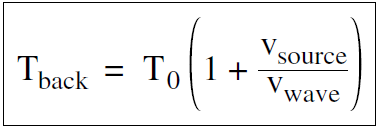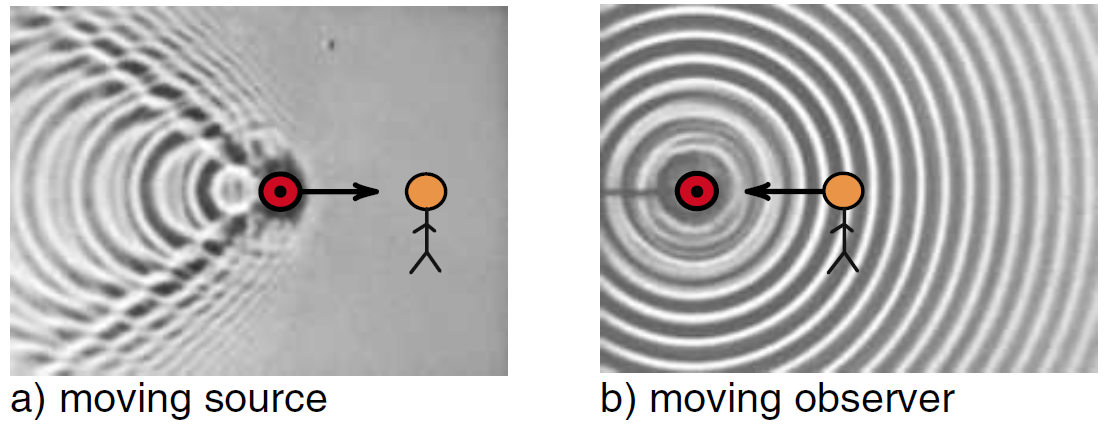
تاريخ الفيزياء

علماء الفيزياء


الفيزياء الكلاسيكية

الميكانيك

الديناميكا الحرارية


الكهربائية والمغناطيسية

الكهربائية

المغناطيسية

الكهرومغناطيسية


علم البصريات

تاريخ علم البصريات

الضوء

مواضيع عامة في علم البصريات

الصوت


الفيزياء الحديثة


النظرية النسبية

النظرية النسبية الخاصة

النظرية النسبية العامة

مواضيع عامة في النظرية النسبية

ميكانيكا الكم

الفيزياء الذرية

الفيزياء الجزيئية


الفيزياء النووية

مواضيع عامة في الفيزياء النووية

النشاط الاشعاعي


فيزياء الحالة الصلبة

الموصلات

أشباه الموصلات

العوازل

مواضيع عامة في الفيزياء الصلبة

فيزياء الجوامد


الليزر

أنواع الليزر

بعض تطبيقات الليزر

مواضيع عامة في الليزر


علم الفلك

تاريخ وعلماء علم الفلك

الثقوب السوداء


المجموعة الشمسية

الشمس

كوكب عطارد

كوكب الزهرة

كوكب الأرض

كوكب المريخ

كوكب المشتري

كوكب زحل

كوكب أورانوس

كوكب نبتون

كوكب بلوتو

القمر

كواكب ومواضيع اخرى

مواضيع عامة في علم الفلك

النجوم

البلازما

الألكترونيات

خواص المادة


الطاقة البديلة

الطاقة الشمسية

مواضيع عامة في الطاقة البديلة

المد والجزر

فيزياء الجسيمات


الفيزياء والعلوم الأخرى

الفيزياء الكيميائية

الفيزياء الرياضية

الفيزياء الحيوية

الفيزياء العامة


مواضيع عامة في الفيزياء

تجارب فيزيائية

مصطلحات وتعاريف فيزيائية

وحدات القياس الفيزيائية

طرائف الفيزياء

مواضيع اخرى
Stationary Source and Moving Observer
المؤلف:
E. R. Huggins
المصدر:
Physics 2000
الجزء والصفحة:
853
27-12-2020
2456
Stationary Source and Moving Observer
If the source is at rest but we, the observer, are moving, there is also a Doppler effect. In the case of water or sound waves, if we are moving through the medium toward the source, then the wave crests pass by us at an increased relative speed vrel = vwave + vus . Even though the wavelength is unchanged, the increased speed of the wave will carry the crests by faster, giving us an apparently shorter period and higher frequency. If our velocity through the medium is small compared to the wave speed, then we observe essentially the same decrease in period and increase in frequency as in the case when the source was moving. In particular, Equation (1) is approximately correct.
On the other hand, when the waves are in water or air and the relative speed of the source and observer approaches or exceeds the wave speed, there can be a considerable difference between a moving source and a moving observer. As illustrated in Figure (1a), if the source is moving faster than the wave speed, there is a shock wave and the observer detects no waves until the source passes. But if the source is at rest as in Figure (1b), there is no shock front and the observer moves through waves before getting to the source, even if the observer is moving faster than the wave speed.


Figure 1: For waves in water or air, there can be a significant difference between a moving source with a stationary observer, and a moving observer with a stationary source, even though the source and observer have the same relative velocity in the two cases. For light, the principle of relativity requires that the two cases be identical.